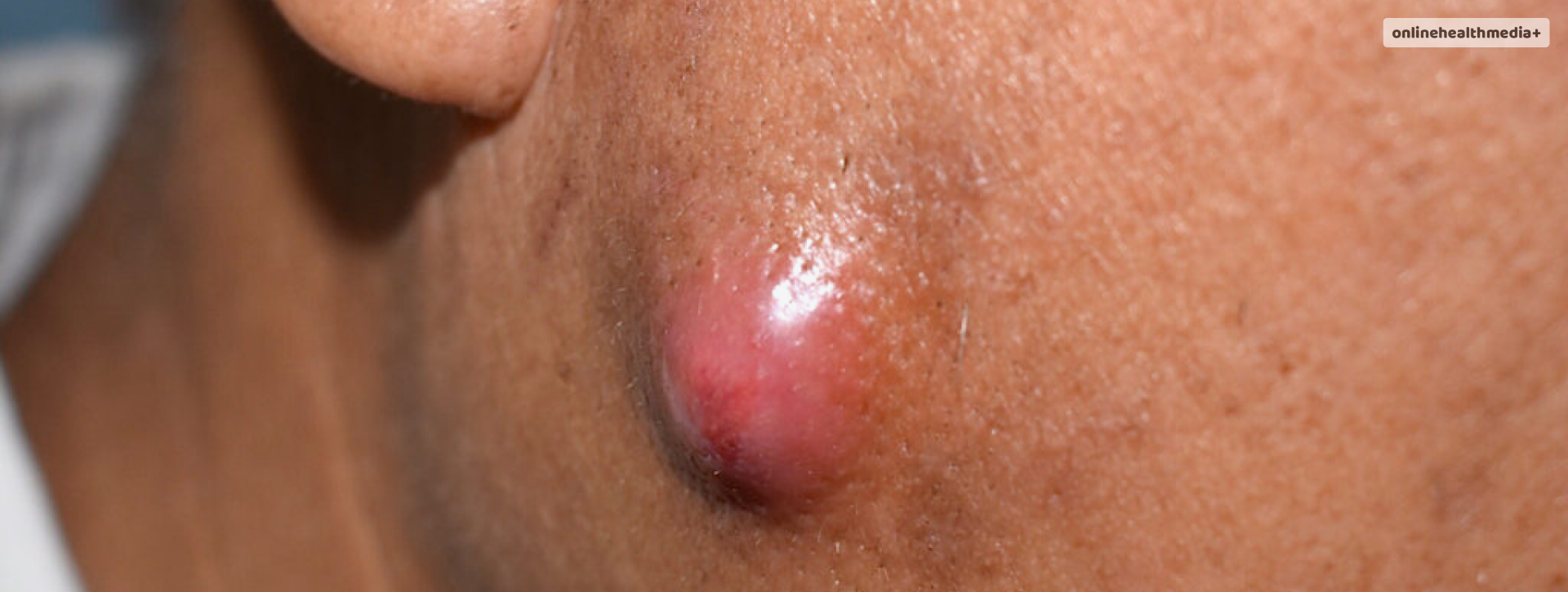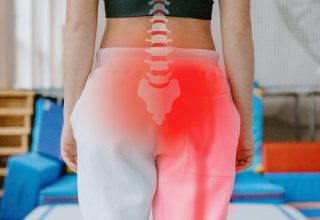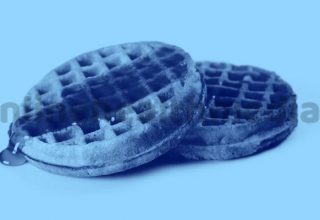Cyst Removal 101: What Are Cysts, How Many Are There And How Are They Removed?
Cyst removal is an easy process that allows you to take care of the cysts present in your body. Cysts are structures that form on your body without any particular reason.
The nature of the cysts may be benign or malignant, which is not necessarily governed by specific factors.
The following article will focus on the various types of cysts that form and the treatment option of cyst removal that is usually taken as the resolution.
What Are Cysts?
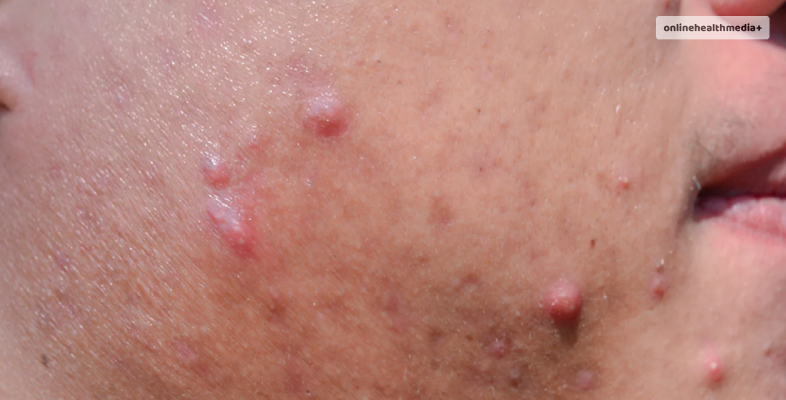
The definition of a cyst describes it as a “pocket-like area” that has semi-solid material or fluid that may also contain tissue.
The Cyst is also described as a “sac-like” structure that can have fluid or semi-solid material in it. The material that may be found inside the sac is- blood, tissue, foreign body, pus, or other substances.
The Cyst may be found anywhere in the body, either on the skin, inside the skin, or within organs such as the ovary cyst.
The removal of all these cysts is possible with the advancement of medical science. However, the difference lies in the location of the Cyst and how big the Cyst is.
Types of cysts
Cysts may be of several types depending on the location of their appearance and the way they pop up on your body. Cysts can appear anywhere, and depending on their site, they are named as follows:
Sebaceous Cyst One of the common cysts forms within the sebaceous gland. The appearance of this Cyst may be on your neck, face, or torso and appear due to the damage to the gland.
Epidermoid Cyst is a benign bump that can fill up with keratin- the skin, nail, and hair protein. The blockage of the hair follicle can cause this.
Ganglion Cyst is a gel-filled lump that is round and appears on the tendons or joints, especially on the hands, wrists, ankles, or feet. The cause of this Cyst may be trauma, injury, or overuse. However, it is still unknown.
Pilar Cyst is a non-cancerous round bump that is similar to the person’s skin color. This develops under your skin, so it usually affects the skin on your scalp. The cause of this Cyst can be the buildup of protein in hair follicles/follicles.
Ovarian Cyst is one of the most common cysts. It occurs when the egg-releasing follicle opens improperly. It usually occurs during the menstrual age.
Branchial Cleft Cyst is a developmental irregularity that leads to the development of a lump on either or both sides of the neck or below the collarbone.
Mucous Cyst is a lump that contains fluid and presents itself on the lip or around your mouth. The salivary glands can become plugged with mucus.
A Perineural Cyst is a formation present on the spine that may develop due to back trauma or heavy exertion.
Popliteal Or Baker Cyst present on the back of your knee. A Baker cyst is a swollen formation that contains fluid. The causes of this Cyst have been reported to be repetitive stress or cartilage injury.
Pseudocysts are a little similar to a cyst, sharing a few of its features. However, it does not have an epithelium lining.
For example, an in-grown hair cyst is an infection that can be a result of a bacterial or fungal infection resembling acne.
What Is Cyst Removal?
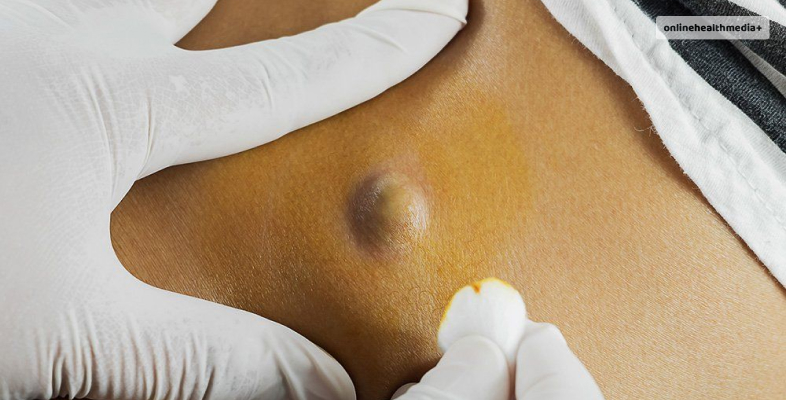
Cyst removal is a procedure that aids in getting rid of the Cyst that may be present on or in a person’s body. The process may be lengthy or a quick one- this depends on the type of Cyst.
An experienced professional is the best option to proceed with cyst removal, as this ensures minimal damage to the person.
How Do I Know It Has To Be Removed?
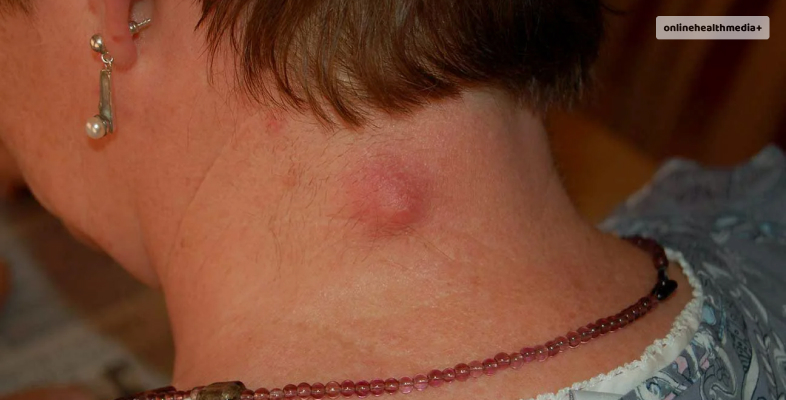
The indication that you need surgery to remove the Cyst comes when the fluid-filled sac is large, painful, and becomes infected.
Procedure

The removal process includes a couple of steps that ensure that you get rid of the Cyst. The process starts with a pre-op step that includes prepping you for the surgery and getting a few tests done.
The doctor may suggest a few antibiotics before the surgery. Blood tests are usually not for all patients unless age may act as a risk factor.
What entails:
- The cyst removal can be done using anesthesia or sedation, which is dependent on the size and location of the Cyst.
- The surgeon can then proceed to make an incision that can be right above or near the Cyst. This is to drain the liquid and/or remove the Cyst.
- Next, the doctor sutures the skin and covers with a gauze dressing or surgical glue to close the wound.
- No matter if you are getting an ovarian cyst removal or a pilar cyst removal, the procedure is usually quick and does not lead to complications.
- Moreover, the cyst removal cost in the country can range from $ 2,000 to $ 10,000. This is one of the most performed surgical processes in dermatology.
Recovery

The recovery after the surgery usually takes a few days. However, it can vary depending on the patient.
The patients may be under restrictions so that their wounds can heal. The size of the wound also determines the recovery time.
- Resting for the period that a doctor recommends is a priority. This ensures that the wound heals during the recovery process and does not become disturbed.
- Certain food restrictions also follow the patient home, such as avoiding fried foods, citrus juices, and milk products.
- No contact with water is also something that doctors encourage at least till the wound is dry- this can take from a day or two.
- You may remove the bandage after one to two days of the surgery.
- Following proper instructions on pain management will be helpful.
Self-removal Harms
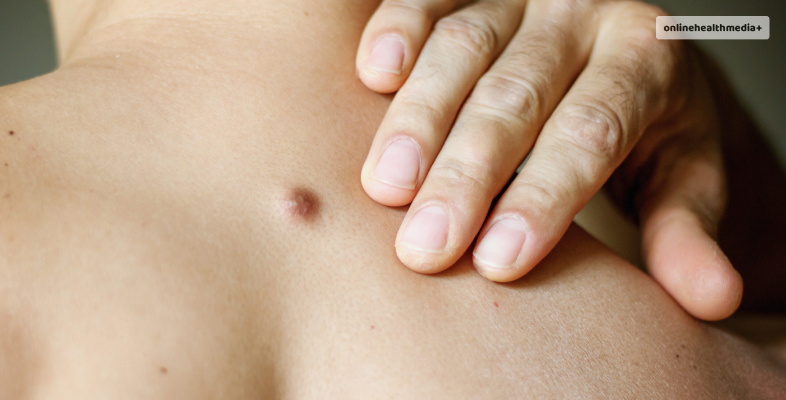
- If you are thinking of removing the Cyst on your own, you need to note the following things:
- Popping or bursting a cyst on your own can lead to permanent scarring and infection.
- If the Cyst is not what you think, then you run the risk of worsening the situation.
- Surrounding tissue may be damaged
- You may spread the infection that is already present in the Cyst.
- Improper removal of the Cyst can either cause regrowth of the Cyst or infection.
Can I Prevent It?

The prevention of cysts is not possible. However, preventing the further harm of the Cyst is possible. You can do that by avoiding picking on the Cyst.
Conclusion
Cyst removal of sac-like structures with fluids can be a reasonably safe procedure that hardly ever ends in a complication. The article describes everything that you need to know about the different types of cysts and the systems that a surgeon follows.
If you undergo cyst removal surgery or are thinking of doing it on your own, be sure to read the “self-removal harms.” This illustrates all the ways you can prevent something severe from happening to a seemingly harmless cyst.
Also read
- 5 Reasons Why Core Strength Is So Important.
- Why Should You Consider Wearing Blue Light Filter Glasses?
- Understanding Gum Disease: Signs, Prevention And Your Oral Health.
